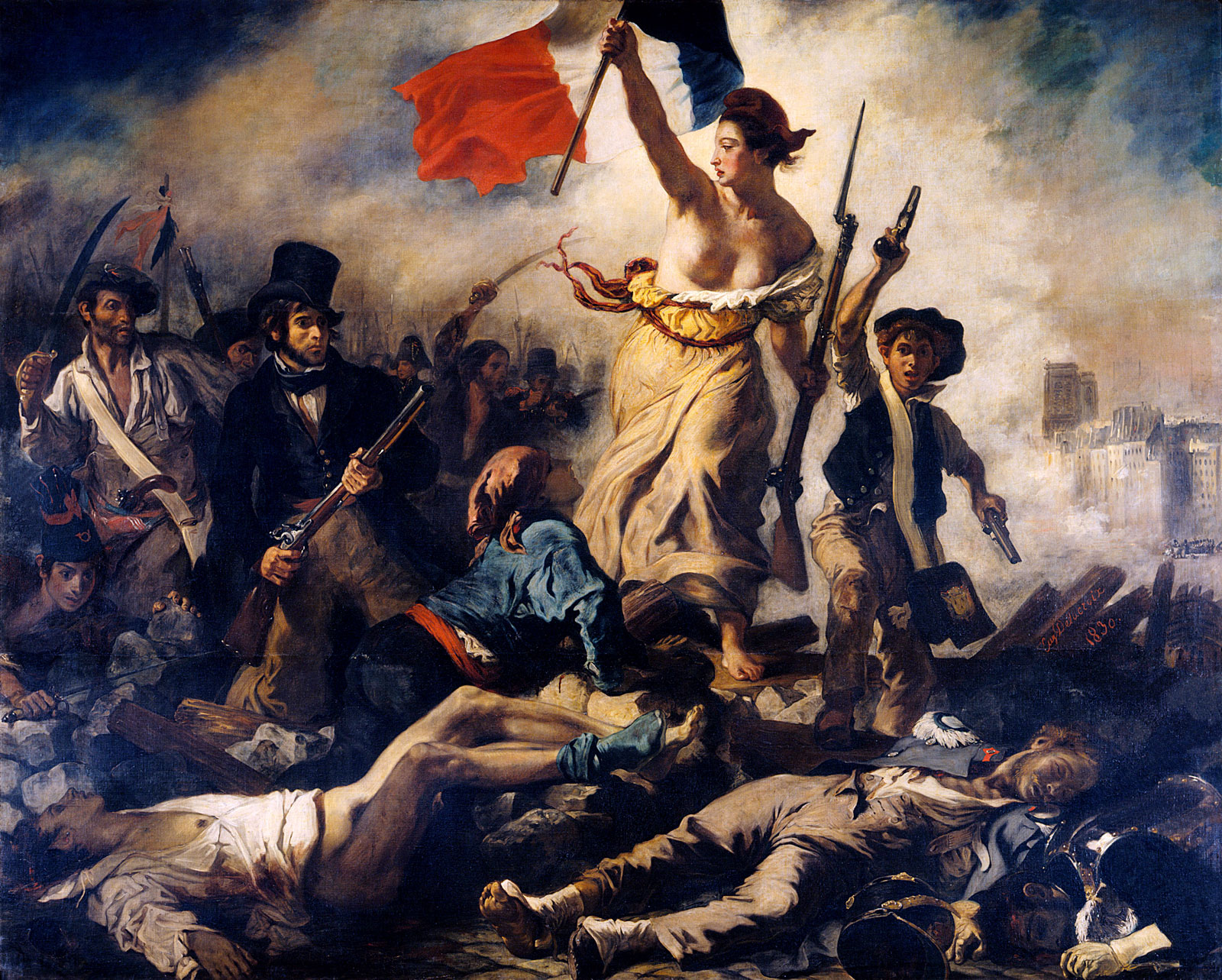The style of romanticism was not totally at variance with that of the Enlightenment; not only a modified doctrine of progress but also the cosmopolitanism of the eighteenth century lived on into the nineteenth. Homer, Cervantes, Shakespeare, and Scott had appreciative readers in many countries; giants of the age such as Beethoven and Goethe were not merely Austrian or German citizens but citizens of the world.
Yet despite these similarities and continuities, romanticism did have a decided style of its own—imaginative, emotional, and haunted by the supernatural, by the terrific (in the sense of inspiring awe and even terror), and by history. History was an organic process of growth and development, which was indebted to the Middle Ages for magnificent Gothic buildings, religious enthusiasm, folk ballads, and heroic epics.
Just as the romantics rejected the Enlightenment’s view of the past, so they found the Newtonian world- machine an entirely inadequate interpretation of the universe. It was too static, too drab and materialistic. In its place they put a neo-Gothic world of religious mystery, the Hegelian mechanics of dialectic, the poetic and artistic vision of feeling, color, and impulses in nature. The romantics wanted to recreate a sense of wonder, to inspire a belief in the essential unity of God, man, and nature, to show that humanity lived in a world of endless “becoming.”
Romanticism pervaded all forms of thought. As in the early Middle Ages, once again Europeans were fascinated with death, and especially with dying heroically. Two immensely popular paintings of the time captured the frisson, the chill of pleasure down the spine, that merged romanticism and a form of social realism. One, by a German romantic landscape painter, Caspar David Friedrich (1774-1840), depicted the wreck of the Hope, a vessel trapped in ice, never to escape from its destiny.
Another, earlier work, by the French artist Theordore Géricault (1791-1824), showed the fate of passengers from the frigate Medusa, which had foundered on the way to Senegal. The passengers, 149 in all, were put onto an open raft and cut adrift at sea; a handful lived to tell the tale, and Gericault devoted himself to studying corpses in a morgue so that he might capture this horrific moment of both realistic and romantic revelation.

